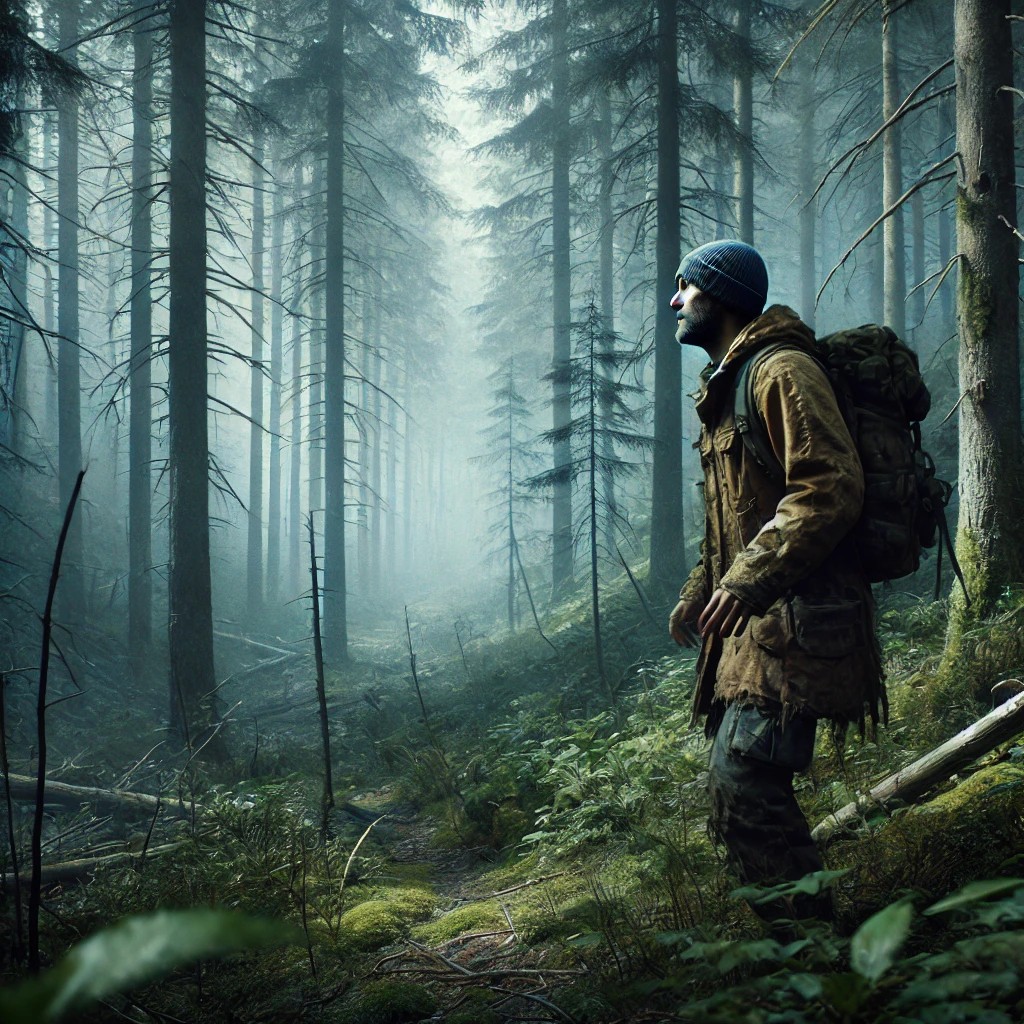Lost in the Wild: When to Stay Put and When to Move
Getting lost in the wild can be a terrifying experience, but the right decision—whether to stay put or move—can mean the difference between rescue and disaster. Knowing when to hunker down and when to push forward is crucial for survival. Here’s how to assess your situation and make the best choice.
When to Stay Put
In many cases, staying put increases your chances of being found and rescued. Here’s when you should stay where you are:
1. You’ve Already Notified Someone of Your Plans
If you told someone where you were going and when you’d be back, they will likely send help when you don’t return. Moving from your last known location can make it harder for rescuers to find you.
2. You’re Injured or Exhausted
Moving with an injury can worsen your condition, making survival even more difficult. If you’re too tired to travel safely, staying put is the better choice.
3. It’s Getting Dark or Weather Is Deteriorating
Traveling at night or in bad weather increases the risk of getting even more lost or sustaining injuries. Set up a safe shelter and wait until conditions improve.
4. You Have Limited Supplies and Energy
Wandering aimlessly wastes precious energy and resources. If you don’t have a clear path to safety, it’s better to conserve your strength and focus on signaling for rescue.
5. You’re in a Spot That’s Easy to See
If you’re in an open area, on high ground, or near a known trail, your chances of being spotted by search teams are much higher. Use bright clothing, create signal fires, or lay out objects in a visible pattern to attract attention.
When to Move
While staying put is usually the safer option, there are situations where moving increases your chances of survival.
1. You Have No Hope of Rescue
If no one knows you’re missing or you’re far off course from your intended route, staying put may not be an option. In this case, moving towards civilization may be necessary.
2. You Find a Clear Path to Safety
If you stumble upon a road, power lines, flowing water, or footprints, following these signs can lead you to safety. Just be cautious and make sure you’re not walking in circles.
3. You’re in Immediate Danger
If your location is unsafe—such as near a wildfire, flooding, or an unstable rock formation—relocating to a safer area is critical.
4. You Have the Skills and Resources to Navigate
If you have a map, compass, or GPS and know how to use them, carefully planning your movement toward safety can be a viable option. Look for landmarks, track the sun, or follow a water source downhill to find civilization.
5. You’re Running Out of Resources
If you’re out of water, food, or shelter, you may need to move to find them. Following a water source can lead to settlements or areas with higher chances of survival.
The Golden Rule: Stop, Think, Observe, and Plan (STOP)
Before making any decision, use the STOP method:
- Stop moving to avoid worsening your situation.
- Think through your options carefully.
- Observe your surroundings and resources.
- Plan your next step based on logic, not panic.
Final Thoughts
Being lost is scary, but staying calm and making informed decisions will maximize your chances of survival. When in doubt, stay put unless moving is clearly the better choice. Preparation is key—always carry a map, compass, and emergency gear when venturing into the wild.
Have you ever been lost and had to make this decision? Share your experiences in the comments below!



